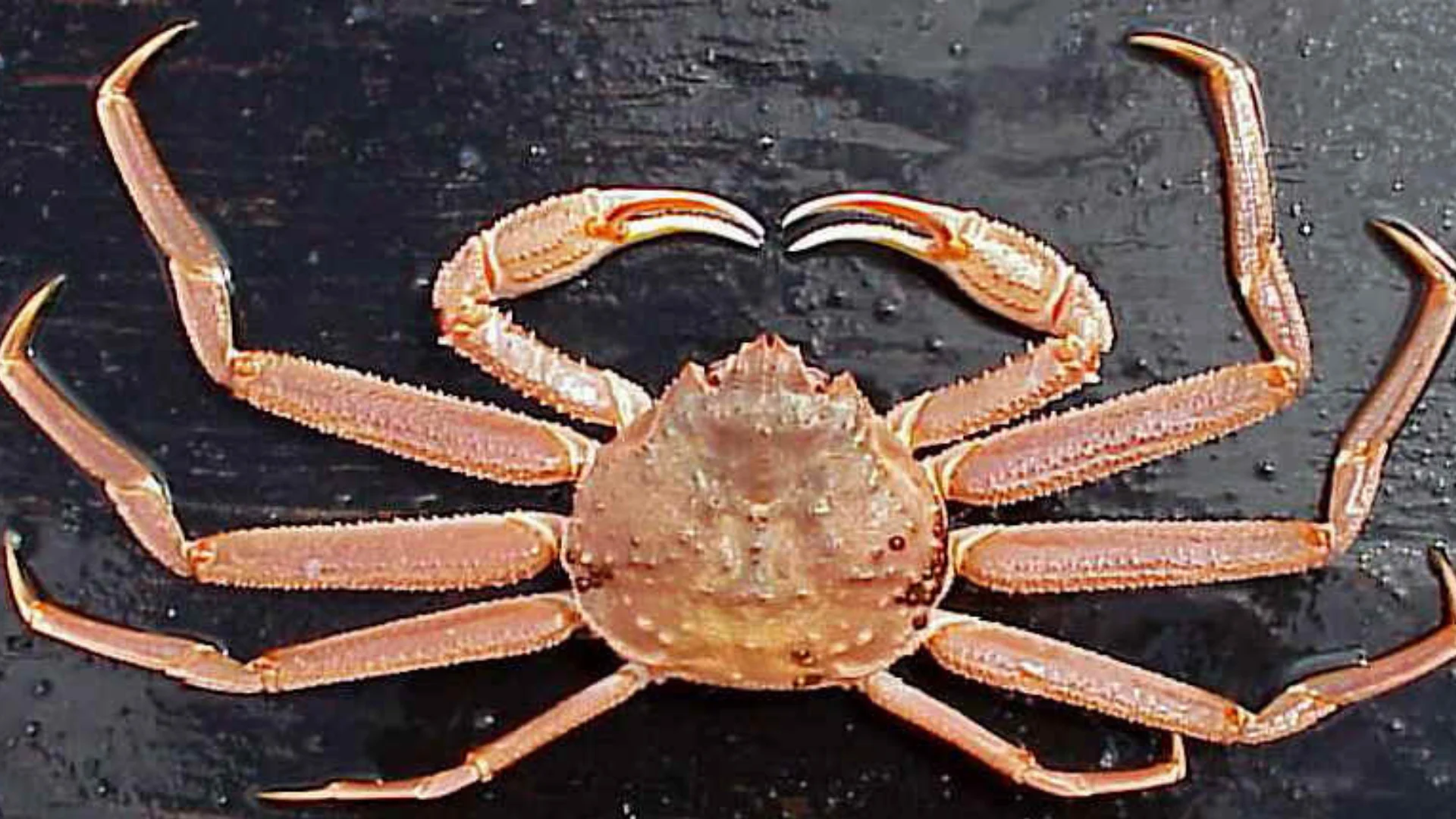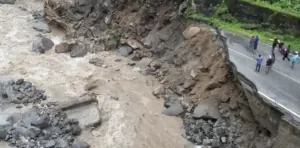
10 billion snow crabs vanished off the Alaskan coast: Here's the grim cause
Mass die-offs could become more common in the future.
Between 2018 and 2021, approximately 10 billion snow crabs disappeared from the frigid waters of the eastern Bering Sea off the Alaskan coast, causing the snow crab population to plunge to record lows in 2021.
A new study published in the journal Science now suggests that a marine heat wave drove the mass die-off.
Cody Szuwalski, the study's lead author and a fishery biologist at the U.S. National Oceanic and Atmospheric Administration’s Alaska Fisheries Science Center in Seattle, called the die-off (via Science News) “a fishery disaster in the truest sense of the word.”
It's a fair assessment, given that snow crabs are a cornerstone of Alaskan fisheries, typically contributing approximately $150 million in annual revenue.
The marine heatwave and subsequent die-off severely affected earnings, causing revenue to fall to around $24 million during the 2021-2022 season.
It could be a harbinger of things to come. The growing prevalence of marine heat waves, a consequence of human-induced climate change, means the future of crab fisheries and the Arctic marine ecosystems they rely on remains uncertain.
Heat wave creates unsustainable environment
The cold Arctic waters are usually an ideal habitat for snow crabs (Chionoecetes opilio) and other crustaceans.
Melting sea ice settles on the seafloor, creating a cold-water environment with temperatures below 2 degrees Celsius.
But the heatwave prevented the usual formation of sea ice and, as annual temperature and population survey data indicate, ultimately led to the collapse of the snow crab population.
Researchers, employed computer models, temperature data, population surveys, fishing catch statistics, and laboratory experiments to uncover the underlying causes of this dramatic collapse. Two factors emerged: higher water temperatures and an initially dense crab population.
Heat wave led to starvation
Surprisingly, the elevated water temperature was not directly responsible for the crab deaths, with laboratory experiments suggesting they can endure water temperatures of up to 12 degrees Celsius.
Data revealed that the crab population initially surged in 2018, reaching historic highs due to favourable ocean conditions for newly hatched crabs around 2010. But the crabs crammed into a smaller area than usual, for unknown reasons.
Higher water temperatures accelerate the metabolism of these cold-blooded creatures, causing their calorie requirements to nearly double when water temperature rise from the freezing point to 3 degrees Celsius.
The crowded crabs likely required more food, but resources were scarce due to the limited foraging area, and their body weights dropped significantly compared to crabs of similar size to the previous year, suggesting starvation was the cause of death.
It could take at least four years before more crabs of a fishable size reappear, leaving fisheries in a vulnerable position.
Looking ahead
The new research suggests fishery managers should anticipate and prepare for similar catastrophic events in the future, including the collapse of the snow crab population. The authors say planning would help ensure prompt disaster aid for affected fishers.
Speaking with CNN, Szuwalski said the findings are one example of an accelerating climate crisis that is impacting livelihoods. While experts knew this was a possibility, he “didn’t expect it to happen so soon.”
“This was kind of an unexpected, punctuated change in their populations,” he told the news outlet.
“But I think long term, the expectation is that the snow crab population will move north as the ice recedes, and in the eastern Bering Sea, we probably won’t see as much of them anymore.”
Header image: File photo. Wikipedia via NOAA. Public domain.










